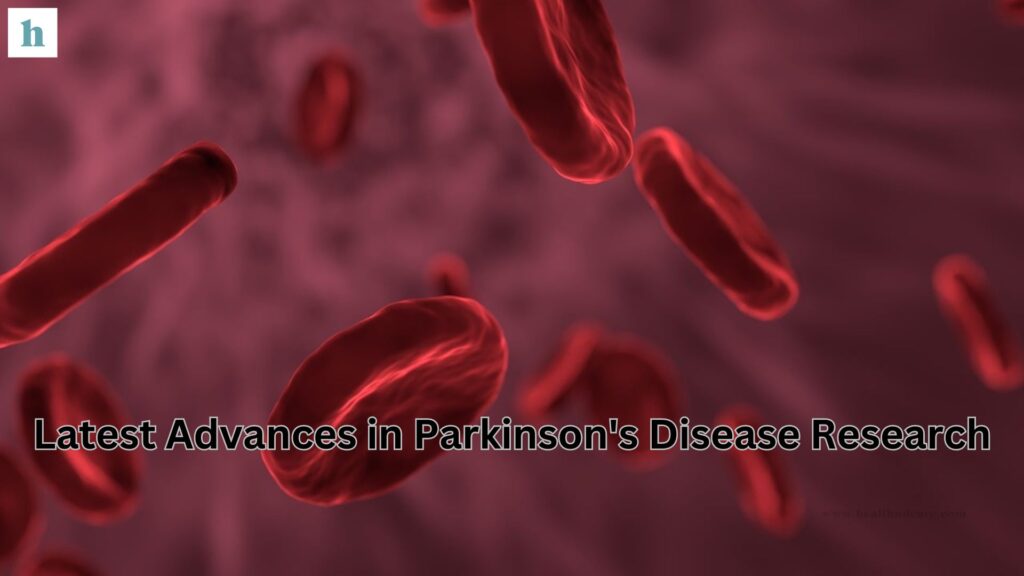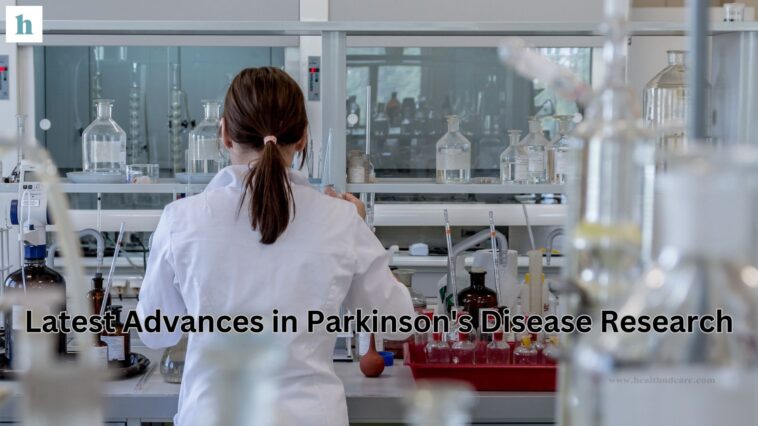Parkinson’s disease (PD) is a progressive neurodegenerative disorder that affects millions of people around the world. It can significantly impact a person’s quality of life due to tremors, stiffness, and bradykinesia – slowness of movement. First described over two centuries ago, Parkinson’s remains difficult to treat; however, recent breakthroughs in research provide new understanding and hope for improved management, treatment, or even cure.
Understanding Parkinson’s Disease
The main area affected by this illness is substantia nigra. Part of our brain responsible for producing dopamine necessary for controlling movements. When those cells die off – which happens during PD – certain symptoms appear: shaking hands or legs while at rest (tremor), muscle rigidity (stiffness), slow movements (bradykinesia). Though the exact cause has not been determined yet. But it is believed to be a combination between genetics and environmental factors.
Breakthroughs in Parkinson’s Research
Genetic Research And Gene Therapy
- One area showing promise within the field of study on this condition lies with gene therapy whereby scientists try modifying faulty genes associated with the ailment or replacing them altogether. For example investigations into GBA1 and LRRK2 have revealed their connection to higher chances of getting Parkinsons. Thus making these good candidates for targeting interventions aimed at slowing down its progression if not preventing it entirely.
- In one such method still under trials stage healthy copies of GBA1 are delivered into brain using viruses as vectors through genetic engineering techniques so that they can replace dysfunctional versions found there which should result into some patients experiencing improved motor functions coupled reduced advancement rates among others according to initial tests done — potentially being seen as major milestone towards personalized medicine against PDs.
Stem Cell Therapy
- Another avenue being explored by researchers striving towards mending damaged brain tissues among those suffering from parkinsonism is stem cell therapy where they have managed to convert stem cells into dopamine-producing nerve cells before implanting them into patients’ brains thus replacing those that have died off due to this ailment. Recent trials indicate safety as well possible effectiveness behind such an approach making it closer than ever seeing day-to-day implementation within relevant health care systems worldwide.

- For instance, in a recent study conducted by some scientists who transplanted neurons derived from human embryonic stem cells (hESCs) into the brain regions primarily affected by PDs among other things led not only to improved motor functions but also reduced symptoms associated with said conditions — nevertheless more investigations need being carried out over extended periods so that impacts can be fully comprehended while at same time optimizing procedures involved; nonetheless what if…?
Deep Brain Stimulation (DBS) Enhancements
- Deep brain stimulation has been shown to be effective in treating Parkinson’s disease. But there are still areas where improvements could be made. The procedure involves implanting electrodes inside the patient’s head. So as to regulate abnormal electrical activity within certain regions of their brain known for controlling movement. This helps alleviate symptoms like tremors or rigidity which may have failed responding well enough when using medications alone.
- With recent advances made towards DBS technology it is now possible for surgeons performing. These operations on individuals suffering from parkinsonism to target specific sites more accurately during surgery thereby giving rise toward even greater precision regarding placement thereof after considering individual differences between various patients’ brains as well other factors too numerous mention here.
New Medications And Drug Repurposing
The development of new drugs or finding alternative uses for existing ones remains a critical area of research in relation to this illness. As an example GLP-1 agonists initially meant for use against diabetes. Have shown promise concerning their ability slow down. Degeneration process affecting dopamine producing neurons. Thus leading some experts believing they might eventually become valuable resources utilized alongside other therapeutic options available against PDs.
Except GLP-1 agonists, scientists are also looking into drugs for alpha-synuclein as the latter is a molecule. That can gather in toxic clumps within the brain of those with Parkinson’s disease. Blocking their buildup might therefore stop or even undo this illness’s advance.



